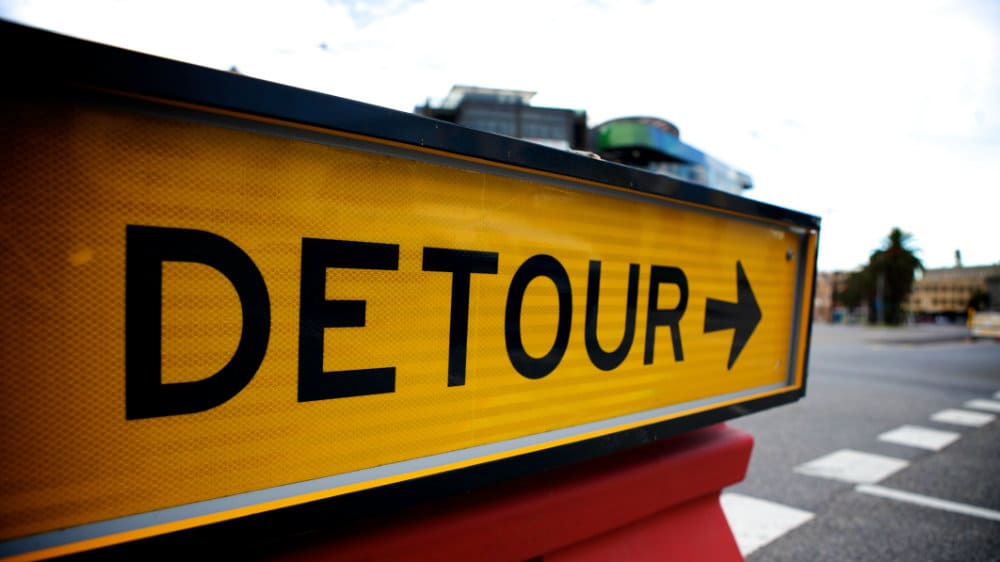We all hoped for more from Barclays (LSE: BARC) first-quarter results today but, once again, it wasn’t to be. It’s a familiar feeling.
As Rupert Hargreaves recently pointed out, the FTSE 100 high street bank’s share price has gone nowhere for a decade. This morning. it’s down 2%, as underlying profit before tax fell almost 12% to £1.5bn. That wasn’t the only bad news lurking in today’s results.
Tangible disappointment
Income fell 2% while earnings per share (EPS) dipped 11.2% to 6.3p year-on-year. There was also a 33% year-on-year increase in credit impairment charges to £400m. Return on tangible equity fell 12.7%, to 9.6%.
Management said the bank’s financial targets remain unchanged but warned of a “challenging” income environment and noted if this persisted for the remainder of the year, it would be forced to cut more costs.
Improved conduct
But there was some better news too. Barclays turned a pre-tax profit loss of £236m one year ago into a £1.48bn gain. But that was down to fewer bad debts, restructuring expenses and litigation and conduct charges, rather than improved underlying trading.
Barclays UK did relatively well, as profit before tax tripled to £600m. But strip out litigation and conduct charges and the rise was only 1%. Income actually declined 1% and margins slipped from 3.27% to 3.18%, which is worrying even if it was partially offset by sustainable growth in mortgages and deposits.
Investment bank disappoints
The big disappointment was corporate and investment bank Barclays International, with profit before tax down 21% to £1.1bn. That was due to “reduced client activity, lower volatility and a smaller banking fee pool across the industry.” These are tough times generally for investment bankers, although Barclays could at least claim a growing share of a shrinking fees pool.
This will embolden activist investor Edward Bramson, who reckons Barclays should take the knife to its investment banking division to focus on more profitable areas. Is this now a vanity operation that Barclays can no longer afford?
I can see why chief executive Jes Staley remains faithful as Barclays would be a diminished entity without it. Investment banking is still the glamour end of the industry, but carries a high price tag. However, while investment banking, from equities and corporate lending dropped sharply, at least revenues from fixed income grew 4%.
Bargain price
The good news is Barclays can respond to any further income slowdown by squeezing costs further. Bad debts – credit impairments – actually fell 5% in the UK “due to a reduced risk appetite and continued benign economic environment.”
Barclays has underperformed the rest of the sector over the last year, its stock dropping 22%, against a dip of 2% for Lloyds Banking Group and 7% at Royal Bank of Scotland. However, it’s now cheaper than both, with a price-to-book value of 0.4, against RBS at 0.7 and Lloyds at 0.9. Be warned: some would avoid the banking sector like the plague.
Others will be buoyed by today’s pledge to maintain the bank’s capital returns policy, with a progressive ordinary dividend “supplemented by share buybacks when appropriate.”
A forecast yield of 4.5%, covered three times, is reward while you wait for Barclays to get its act together. History suggests that could take time, though.







